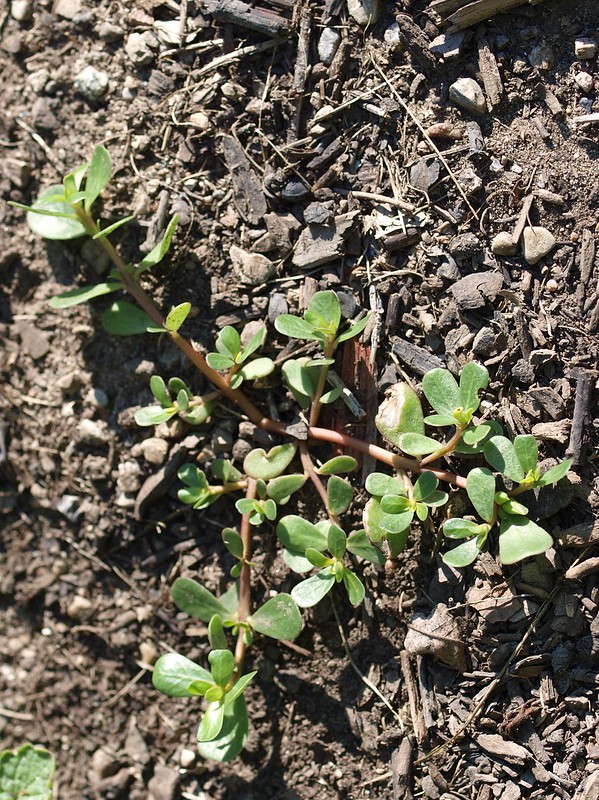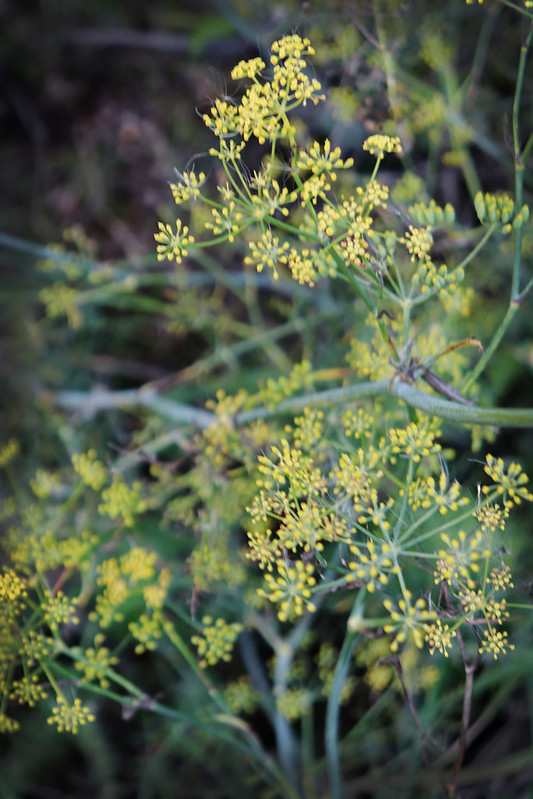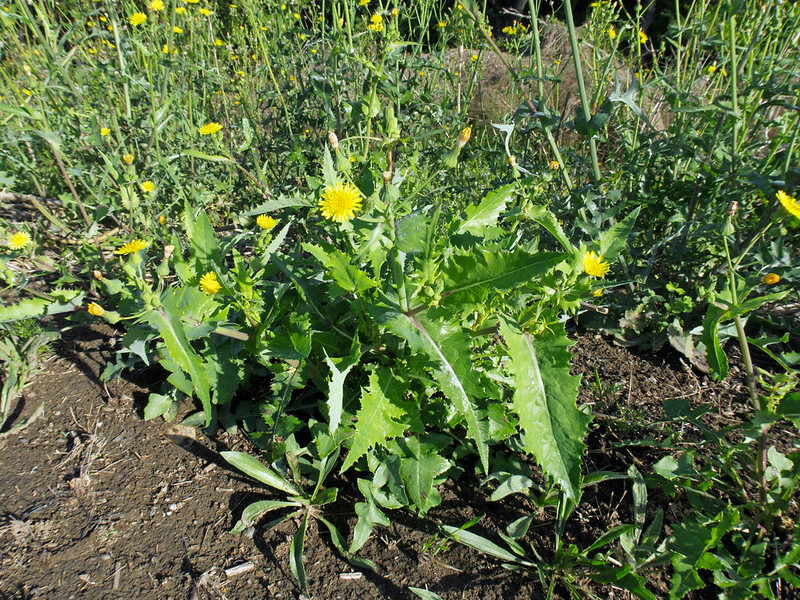Weeds
by Paul Lambert
It is Kambarang (October to November). Summer is coming, the onset of heat, and the season of yellow.
I love the awareness of Noongar culture when it comes to the health of country, by observing the natural triggers and changes in native bush land. This may be sightings of soft mustard coloured flowers of the Parrot bush (Banksia Sessilis), and seeing more than just colour but its many uses for medicine or a refreshing drink. Along the coast you will spy the Red eyed wattle (Acacia cyclops) with small puffs of yellow flowers, and its many wonderful uses of the pods and seeds; in hand soap, sanitiser, antibacterial properties in fighting pimples, and flour for making damper.
Another way of noticing the changes in the season is right under your nose and feet; something that has been following humanity in the wake of civilisation with its areas of deforestation, from beginnings of small settlements, to cement and glass cities.
Mother earth attempts to indicate and balance what she is needing with beautiful little survivors, what most would call weeds. With the warming of the soil, small dainty weeds start to grow and develop into flowers. While the leaves are capturing and enjoying the warming of the sun, they are photosynthesising and magically, (just from the capture of sunlight) feeding carbohydrates, sugar, waxes and oils into the health of the topsoil of earth. In these areas in your garden or out on the streets where life is devoid and stripped back to topsoil, weeds will grow.
While feeding and protecting the topsoil many of these weeds, be it native or introduced, are incredible nutritious. Like the Indigenous Purslane weed which some call the Vegan anchovy. It produces a little yellow flower and the succulent little leaves taste of delicious parcels of salt which supply omega-3 in our diet. We might associate omega-3 fatty acids from fish, but fish acquire their omega-3 from plants (algae). Purslane leaves are perfect on pizzas, salads, pasta or even raw and found all over Australia.

The tall introduced Mediterranean plant, fennel, has been quietly circumnavigating the world from the beginning of human population; you will find it in the city or out along country railway tracks. The ultra green, young leaves are perfect for adding a refreshing taste to salads, free range fish, chicken or tea. On the top of the crown of the flower are little fresh green or yellow seeds that are perfect for a sweet mouth freshener, or dried and added to foods and stews. These wild fennel do not have bulbs but there is still plenty of flavour.

And finally, between the cracks of the streets or in your bare garden, is the mighty Sow Thistle. This little bugger pops up everywhere and the leaves can go into your salad, sandwiches, or cooked as spinach. It is full of vitamins, like iron and calcium.

Enjoy your search for these little beauties but remember to always do your homework when foraging free food from nature by identifying any weeds that are safe to eat. Once you have identified these plants, they are easy to find. If possible, when foraging for food in a public space, see if any weed killer, glyphosate, has been sprayed on the weeds. Sometimes this can be indicated by the state of the weed. If its leaves look sick, yellow and sagging down, not up right in a healthy posture don’t eat it!
Enjoy!

